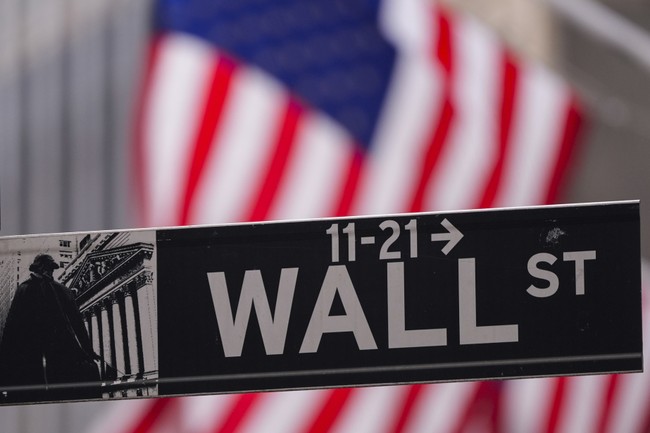
The Producer Price Index for final demand jumped 0.9 percent in July, the Bureau of Labor Statistics reported Thursday, marking the largest monthly increase since June 2022 and far exceeding economists’ expectations of a 0.2 percent rise.
The surge in wholesale prices, which measure what businesses pay for goods and services, came as a shock to markets that had expected modest increases following relatively stable consumer inflation data earlier this week.
Key Findings
The monthly Producer Price Index for final demand rose 0.9 percent against expectations of just 0.2 percent, driven by a 1.1 percent increase in final demand services and a 0.7 percent rise in final demand goods. Core PPI, which excludes food and energy prices, surged 0.9 percent compared to forecasts for 0.3 percent.
On an annual basis, the final demand PPI advanced 3.3 percent for the 12 months ended in July, representing the largest 12-month increase since February 2025. The core measures indicate sustained upward pressure on business costs across multiple sectors of the economy.
What Drove the Increase
The broad-based advance stemmed from multiple sectors, with more than three-quarters of the July increase attributed to final demand services. Margins for machinery and equipment wholesaling contributed 30 percent of the services increase, while securities brokerage, dealing, and investment services posted significant gains. Portfolio management and traveler accommodation services rose sharply, and transportation and warehousing services increased 1.0 percent.
The goods sector saw fresh and dry vegetables prices spike 38.9 percent, contributing a quarter of the goods price advance. Final demand foods jumped 1.4 percent overall, while energy costs rose 0.9 percent. Raw milk prices surged 9.1 percent, adding to the agricultural commodity pressures driving the monthly increase.
Market Impact
Following the release, market expectations for Federal Reserve rate cuts shifted slightly downward, though traders still anticipate policy easing in September. The probability of three rate cuts this year decreased substantially as investors processed the inflation implications.
“The large spike in the Producer Price Index this morning shows inflation is coursing through the economy, even if it hasn’t been felt by consumers yet,” said Chris Zaccarelli, chief investment officer at Northlight Asset Management, in comments to CNBC.
Business Cost Absorption
The disconnect between surging producer prices and relatively stable consumer inflation suggests businesses are absorbing higher input costs rather than immediately passing them to customers. But it’s not clear how much longer they will be able to do that.
“The fact that PPI was stronger-than-expected and CPI has been relatively soft suggests that businesses are eating much of the tariff costs instead of passing them onto the consumer,” said Clark Geranen, chief market strategist at CalBay Investments, in an analysis for CNBC. “Businesses may soon start to reverse course and start passing these costs to consumers.”
Intermediate Demand Pressures
Beyond final demand, intermediate demand categories also showed significant increases across multiple sectors. Services for intermediate demand rose 0.8 percent, marking the largest increase since January 2024, while unprocessed goods for intermediate demand advanced 0.4 percent, and processed goods for intermediate demand increased 0.4 percent.
Securities brokerage services contributed nearly 20 percent of the intermediate services increase, rising 3.2 percent for the month. The broad-based nature of these increases suggests cost pressures are building throughout the supply chain, not just at the final consumer level.
Economic Context
The July PPI report represents the first data release since the Bureau of Labor Statistics eliminated approximately 350 price categories due to budget constraints and staffing reductions. However, officials indicated this restructuring did not materially impact the headline numbers.
The surge comes amid ongoing trade policy implementation, with economists noting visible impacts from tariff policies on certain goods categories, particularly in manufacturing inputs and consumer durables.
Forward Outlook
The substantial increase in wholesale prices serves as a leading indicator for potential consumer price pressures in coming months. Historically, producer price increases flow through to consumer prices with a lag of several months as businesses exhaust alternatives to raising retail prices.
Core PPI excluding food, energy, and trade services rose 0.6% in July, the largest gain since March 2022, suggesting broad-based cost pressures across the economy.

















